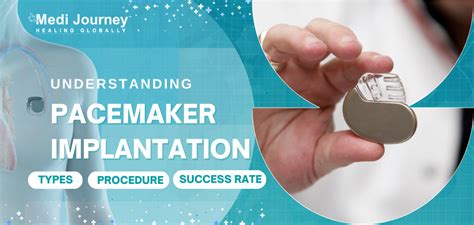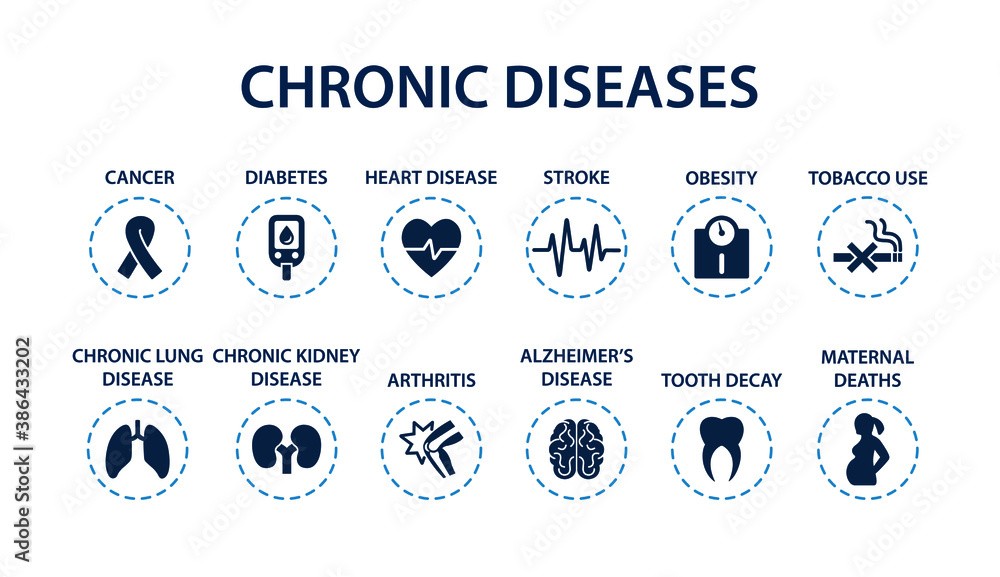The diagnosis of effusion, a condition characterized by the accumulation of excess fluid in a body cavity, can be a daunting experience for patients and their loved ones. The uncertainty and discomfort associated with this condition can be overwhelming, making it essential to understand the underlying causes, symptoms, and treatment options available. In this comprehensive guide, we will delve into the world of effusion diagnosis, exploring the various types, diagnostic procedures, and treatment strategies that can help individuals find relief and embark on the path to recovery.
Understanding Effusion: Types and Causes
Effusion can occur in various parts of the body, including the lungs (pleural effusion), heart (pericardial effusion), and joints (synovial effusion). Each type of effusion has distinct causes and symptoms, making accurate diagnosis crucial for effective treatment.
Pleural Effusion: This condition involves fluid accumulation in the pleural space of the lungs. Causes can range from pneumonia and pulmonary embolism to heart failure and cancer. Symptoms often include shortness of breath, chest pain, and cough.
Pericardial Effusion: Characterized by fluid accumulation in the pericardial space surrounding the heart, this condition can result from pericarditis, heart attack, or cancer. Symptoms may include chest pain, shortness of breath, and fatigue.
Synovial Effusion: Occurring in the joints, this type of effusion is often associated with arthritis, injury, or infection. Symptoms typically involve joint pain, swelling, and limited mobility.
Understanding the specific type of effusion and its underlying cause is vital for developing an effective treatment plan.
Diagnostic Procedures
Diagnosing effusion involves a combination of physical examination, medical history review, and imaging tests.
Imaging Tests: X-rays, CT scans, and MRI scans are commonly used to visualize the fluid accumulation and any underlying conditions affecting the lungs, heart, or joints.
Ultrasound: This non-invasive test can help locate the effusion and guide the needle for fluid drainage.
Thoracentesis (for pleural effusion): Involves removing fluid from the pleural space for laboratory analysis to determine the cause of the effusion.
Pericardiocentesis (for pericardial effusion): A procedure where fluid is removed from the pericardial space, often to relieve pressure on the heart and for diagnostic purposes.
Arthrocentesis (for synovial effusion): The removal of joint fluid for analysis to diagnose the cause of joint effusion.
These diagnostic procedures not only help in confirming the presence of effusion but also in identifying the underlying cause, which is essential for guiding the treatment approach.
Treatment Strategies
Treatment for effusion is tailored to the underlying cause and the severity of the condition. The primary goals are to relieve symptoms, address the underlying cause, and prevent future occurrences.
Drainage: For pleural and pericardial effusions, removing the excess fluid can provide immediate relief from symptoms such as shortness of breath and chest pain.
Medications: Anti-inflammatory drugs, antibiotics (for infections), and diuretics (for heart failure) may be prescribed based on the cause of the effusion.
Surgery: In some cases, surgery may be necessary to treat the underlying condition, especially in cases of malignancy or severe heart conditions.
Lifestyle Modifications: For chronic conditions like arthritis, lifestyle changes such as maintaining a healthy weight, engaging in gentle exercises, and following a balanced diet can help manage symptoms and reduce the risk of joint effusion.
Recovery and Rehabilitation
The road to recovery from effusion depends on the underlying cause, the severity of the condition, and the effectiveness of the treatment plan.
Monitoring: Regular follow-up appointments with healthcare providers are crucial to monitor the condition and adjust the treatment plan as needed.
Physical Therapy: Especially for joint effusions, physical therapy can help regain joint mobility and strength, reducing the risk of future effusions.
Support Systems: Emotional support from family, friends, and support groups can play a significant role in the recovery process, helping individuals cope with the psychological impact of their condition.
Healthy Habits: Adopting healthy habits such as a balanced diet, regular exercise, and stress management can contribute to overall well-being and reduce the risk of complications.
Frequently Asked Questions
What are the common symptoms of effusion?
+Common symptoms include shortness of breath, chest pain, cough, joint pain, swelling, and limited mobility, depending on the type of effusion.
How is effusion diagnosed?
+Diagnosis involves physical examination, medical history review, and imaging tests such as X-rays, CT scans, MRI scans, and specific procedures like thoracentesis, pericardiocentesis, or arthrocentesis.
What are the treatment options for effusion?
+Treatment options include fluid drainage, medications, surgery, and lifestyle modifications, depending on the underlying cause and severity of the condition.
How long does recovery from effusion take?
+The recovery time varies based on the type of effusion, the underlying cause, and the effectiveness of the treatment plan. Regular monitoring, physical therapy, and adopting healthy habits can aid in the recovery process.
Conclusion
Effusion diagnosis marks the beginning of a journey towards relief and recovery. Understanding the condition, its causes, and the available treatment options is crucial for individuals and their healthcare providers to make informed decisions. By adopting a comprehensive approach that includes diagnosis, treatment, and lifestyle modifications, it is possible to manage effusion effectively, improve quality of life, and prevent future occurrences. Remember, each journey with effusion is unique, and a personalized approach, coupled with ongoing support and care, can make all the difference in achieving a full and meaningful recovery.


